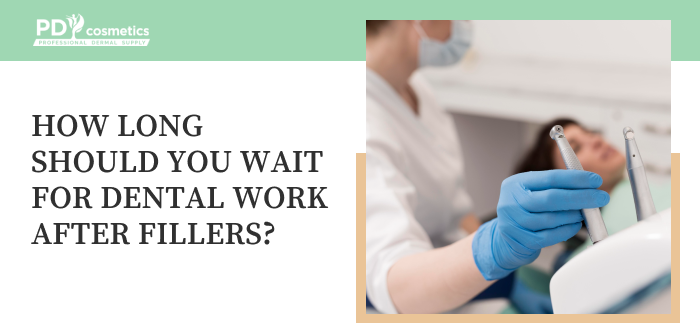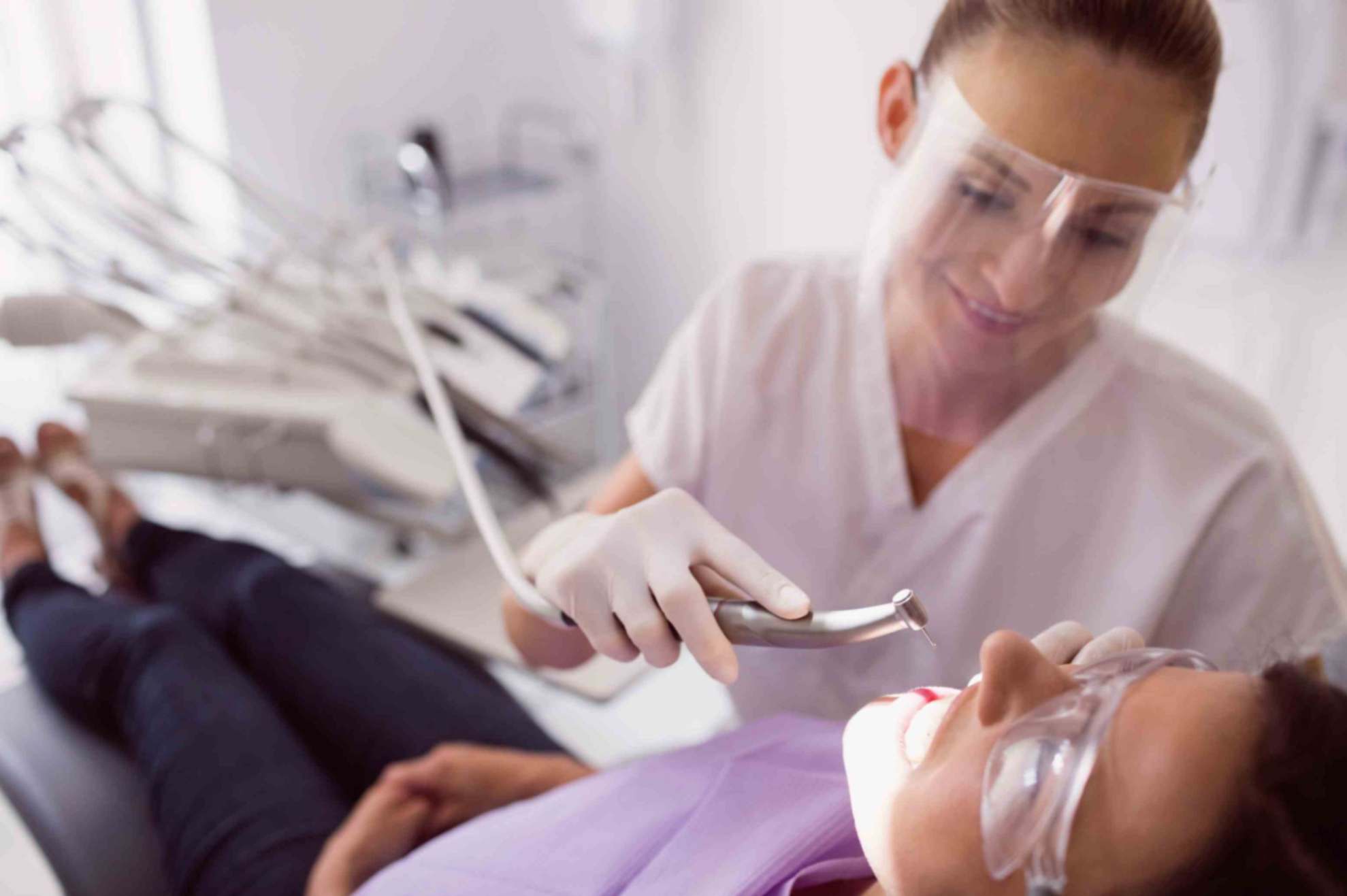Contents
When you’re considering cosmetic enhancements like dermal fillers or lip injections, you may wonder about the best timeline for other treatments, such as dental procedures. Whether you’re planning a dental cleaning, tooth extractions, or any other dental work, it’s crucial to understand how dermal filler treatments could potentially impact your visits to the dentist. In this post, we’ll explore how long after fillers you should wait before undergoing dental work, the precautions to take, and the reasons behind them.
Fillers are minimally invasive treatments used to restore volume, smooth wrinkles, and enhance facial features. Common areas for filler injections include the lips, cheeks, and nasolabial folds.
These treatments involve injecting a substance like hyaluronic acid into the skin to improve its appearance. Many people choose facial fillers to achieve a more youthful, refreshed look without the need for surgery.
After receiving dermal fillers, it’s recommended to wait before undergoing any dental procedure. This is primarily because the treatment site, such as the lips or cheeks, requires time to heal and settle. Your dentist may advise waiting at least 2 weeks before proceeding with any dental treatments.
This waiting period helps reduce the risk of complications, including bruising or swelling that could result from dental work like tooth extractions or a cleaning. Additionally, your body requires time to adjust to the filler injections, ensuring that the filler remains in place and that there is no excessive pressure on the area.
The general recommendation is to wait for at least two weeks after your lip filler injections or any other filler treatment before scheduling a dental appointment. This waiting period allows the fillers to settle and minimizes the chances of bruising, swelling, or other potential complications during dental treatments.
It’s essential to listen to your body and follow the advice of both your dermatologist and dentist regarding when it’s safe to have dental work done after getting lip filler injections.
Getting dental work done too soon after your filler injections may lead to complications. For example, dental procedures like root canals can apply pressure to areas where filler was injected. This can disrupt the treatment area, leading to bruising, swelling, or even displacement of the filler.
Another concern is the risk of bacterial infection. Any dental work that requires making incisions or punctures in the gums could introduce bacteria into the treated area, leading to infection, which could impact both results.
It’s also important to avoid scheduling dental procedures right before your filler appointment. The main reason for this is that dental treatments can cause swelling, bruising, or irritation, which could interfere with the healing process of the filler injections. Your body needs time to recover from any dental work, and adding fillers into the mix can create unnecessary complications.
If you’ve recently had a lip filler appointment, it’s especially significant to be cautious about scheduling a dental procedure soon after. Dental procedures like teeth cleanings can cause your mouth to open wide, placing pressure on the area where lip fillers were injected. This can disrupt the filler and even cause discomfort or bruising around the lips.
Furthermore, after lip filler treatments, the skin may be more sensitive. Avoiding dental procedures immediately after your injections will give your lips time to heal and reduce the risk of any discomfort.
Treatments with lip fillers involve delicate injections, so applying force from dental work, especially during procedures like teeth cleanings or fillings, can impact the results. The strain of making your mouth open wide during a dental procedure may lead to the filler shifting, causing uneven results, discomfort, or even infection.
After receiving lip fillers, the best course of action is to wait for the filler to fully settle in place before subjecting the treated area to any strain.
It’s normal to be concerned about the healing process following lip or cheek fillers, and whether dental treatments could interrupt this process. So you should wait for a period, usually 2 weeks, to ensure the treatment has fully settled. This gives enough time for any initial swelling, bruising, or discomfort to subside, making it easier to proceed with a dental visit without the risk of potential complications.
In the case of a dental emergency, such as a broken tooth or severe pain, it’s essential to seek immediate attention from your dentist, even if you’ve recently had lip injections. While it’s generally best to delay, dental issues require quick intervention. Your dentist will be aware of your treatment with fillers and can take precautions to minimize any impact on the injected areas.
If you need to go to the dentist soon after receiving lip fillers, here are some tips to help minimize the risk of complications:
You should avoid exercises, exposure to extreme heat, or any activity that could increase your blood pressure for at least 24 hours. After about two weeks, your filler should be well-settled, and you can proceed with dental visits or other normal activities without concern.
Before your dental appointment or ordering fillers, we recommend scheduling a consultation with both your dermatologist and dentist. This way, both professionals can coordinate and make sure the timing aligns for the best possible outcomes.
In conclusion, waiting for at least two weeks after receiving lip fillers, especially in delicate areas like the lips or cheeks, is essential before scheduling dental treatments. This period ensures the filler injections have fully settled, reducing the risk of bruising, swelling, or complications during dental procedures. By following the appropriate timing and precautions, you can ensure that both your dermal filler treatments and dental work achieve optimal results.

